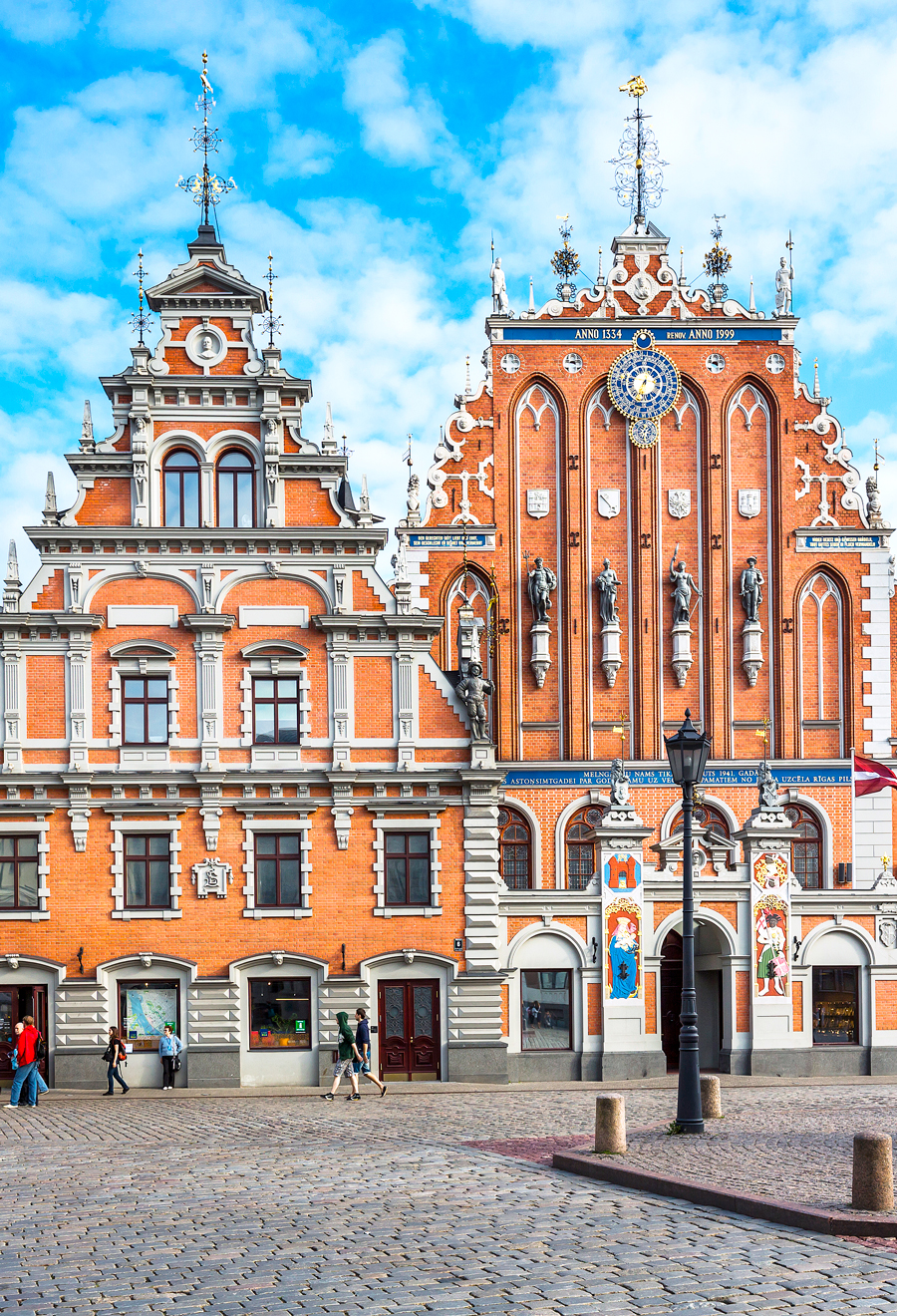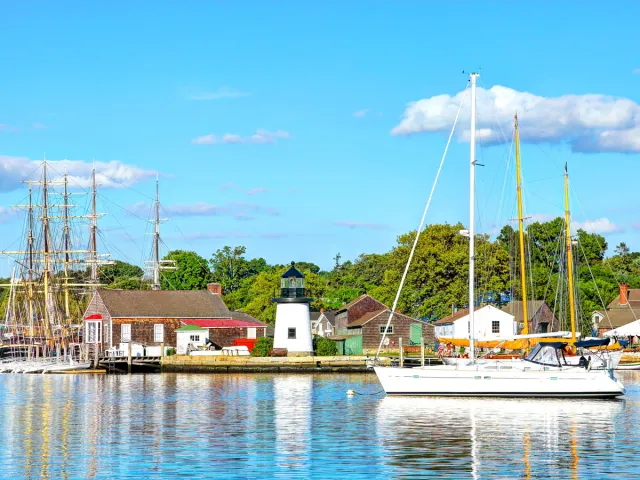Historical buildings give us a sense of connection to those who came before us and provide an insight into the values and priorities of times past. As these structures age, it’s important to actively preserve them to prevent the loss of cultural heritage and conserve their unique architecture and design. Sometimes, such work is an ongoing process, but it can also take place in response to devastating and unexpected events like natural disasters or accidental fires. Explore six landmark buildings around the world that have been restored to their former glory.
Notre-Dame de Paris – France
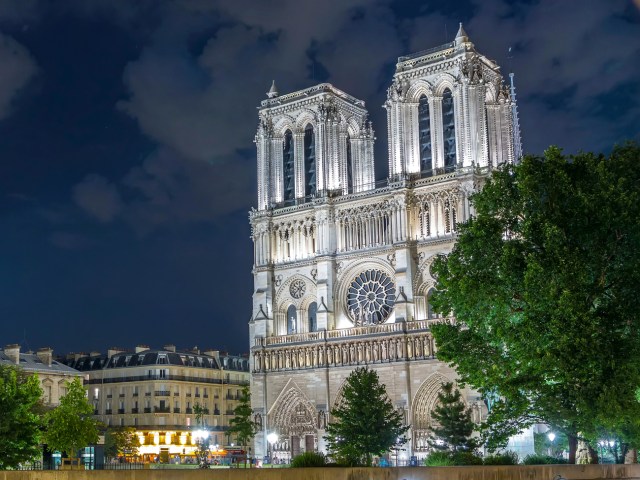
Notre-Dame de Paris, an iconic landmark on the Île de la Cité in the French capital, was built between 1163 and 1345. Tragically, the structure caught fire during restoration work in 2019 and suffered extensive damage, particularly to the wooden roof and wooden spire. However, the vaulted stone ceiling fortunately prevented the falling debris from reaching the rest of the building.
Nevertheless, it has still been a gargantuan task to carry out the repairs, and work remains ongoing in some parts of the cathedral. Restoration of the apse and sacristy is scheduled to take place in 2025, and stained glass windows are expected to be fitted by 2026. However, the majority of the building has been completed and there’s now good news for visitors to Paris: Notre-Dame has a confirmed reopening date of December 7, 2024.
Great Mosque of Djenné – Mali
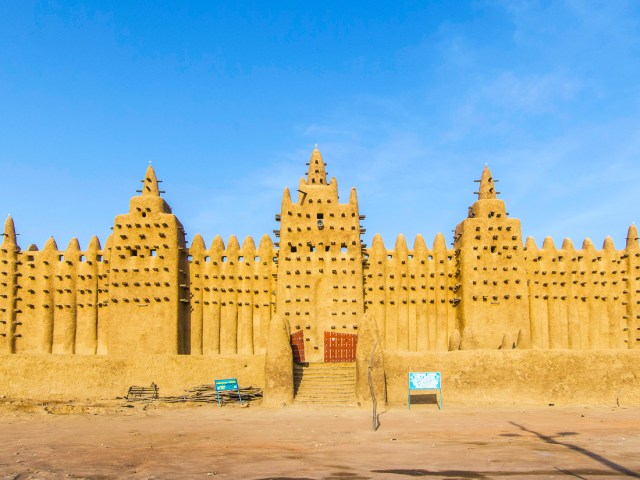
In contrast to Notre-Dame, repairing the Great Mosque of Djenné in the West African country of Mali is an annual occurrence. The current structure was built in 1907, though it stands on the site of a 14th-century mosque. The largest adobe structure in the world, it’s a splendid example of Sudano-Sahelian architecture and part of a UNESCO World Heritage Site inscribed in 1988.
Sun-baked mud bricks form the basis of the mosque’s 65-foot-high walls, as well as its supporting pillars and minarets. As a consequence, the mosque is habitually damaged during the rainy season. Replastering the structure — a ceremony known as the Crépissage — is a community affair each spring. Everyone who is able carries buckets of water and mud mixed with rice husks to supply the skilled masons tasked with the repairs.
House of the Black Heads – Riga, Latvia
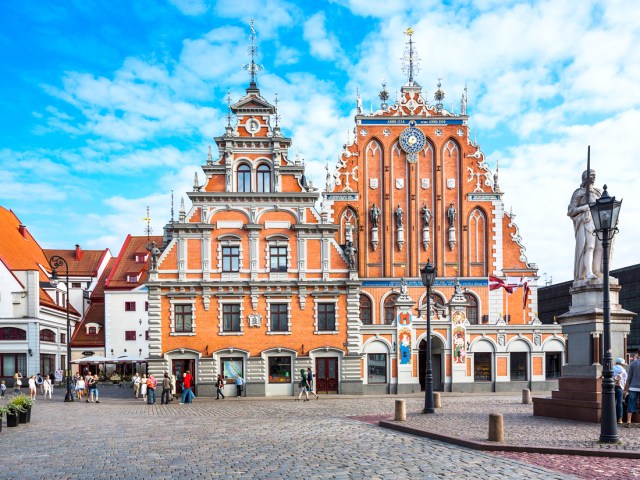
Located in the Old Town of Riga, the capital of Latvia, the House of the Black Heads was originally built in 1334. It served a double purpose, acting as both a warehouse and a place where merchants could gather for meetings and celebrations. In its early days, the building would have lacked the ornamentation that gives it much of its appeal today; these details were added during a 17th-century renovation. During World War II, however, Riga was heavily bombed, and the building was left in ruins with only its cellar intact. Then, under Soviet rule, the site was demolished, despite protests from the local community.
However, there was a prophetic inscription on the original House of the Blackheads that read: “If I were to ever collapse, raise me up once again.” So, in the mid-1990s, in a newly independent Latvia, the House of the Blackheads was finally reconstructed, closely adhering to the original design. More than 5,000 people made a private donation so they could place a brick in the wall.
Cathedral Basilica of Arequipa – Peru
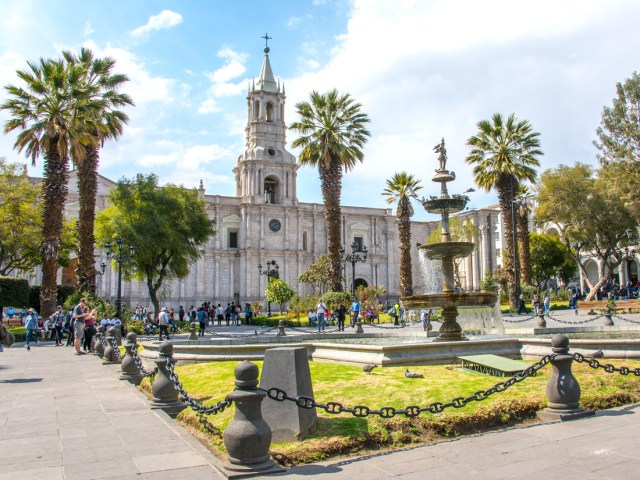
Arequipa’s glorious sillar stone cathedral dominates its main square, the Plaza de Armas. A place of worship was first built on this site in 1544, but it was destroyed by seismic activity just 39 years later. Construction recommenced in 1590, but once again, it was hampered by a volcanic eruption a decade later and an earthquake that shook what was left in 1604. In the first half of the 17th century, a cathedral rose from the rubble. Further earthquakes impacted the structure in 1666, 1668, 1687, and 1784, but it survived — until a fire tragically gutted it in 1844.
The laborious process of rebuilding began again, only for the city to experience yet another devastating earthquake in 1868, which left parts of its new cathedral in ruins. Undeterred, officials carried out further repairs. History repeated itself in 2001 after a magnitude 8.4 quake damaged both towers, but miraculously, within a year the cathedral was as good as new.
Fairmont Hotel – San Francisco, California
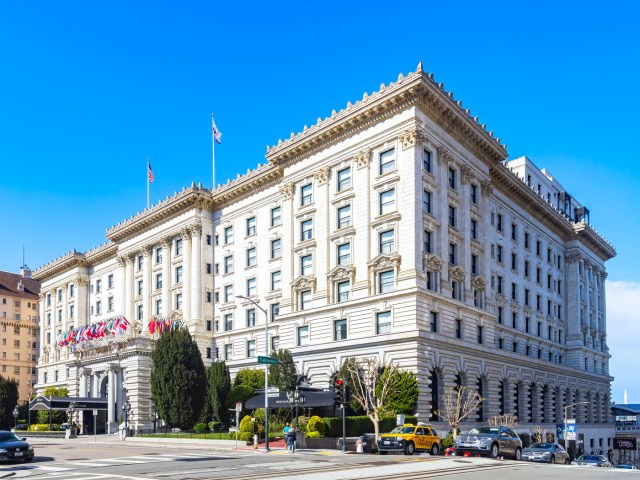
On April 18, 1906, San Francisco was hit by a massive earthquake. The extensive devastation was compounded by a fire that blazed throughout the city for three days. When the smoke cleared, at least 80% of San Francisco was destroyed, with many of the wrecked and burnt-out buildings deemed unsalvageable. Originally scheduled to open on the day of the quake, the Fairmont Hotel had remained standing during the tremors but didn’t survive the fire.
Repairs began soon after, and the luxurious Nob Hill property became the first major business to reopen after the earthquake; as a consequence, people referred to it as “a hotel so grand they built a city around it,” according to the hotel’s website. Exactly a year after the quake, the Fairmont welcomed its first guests with an extravagant party. It wasn’t all smooth sailing from then on, as the Great Depression later took its toll. But by the late 1940s, the Fairmont had been lavishly remodeled and once again became the city’s playground for the rich and famous. Today, it remains as fabulous as ever after an $85 million refurbishment in 2001.
Hatshepsut Temple – Luxor, Egypt
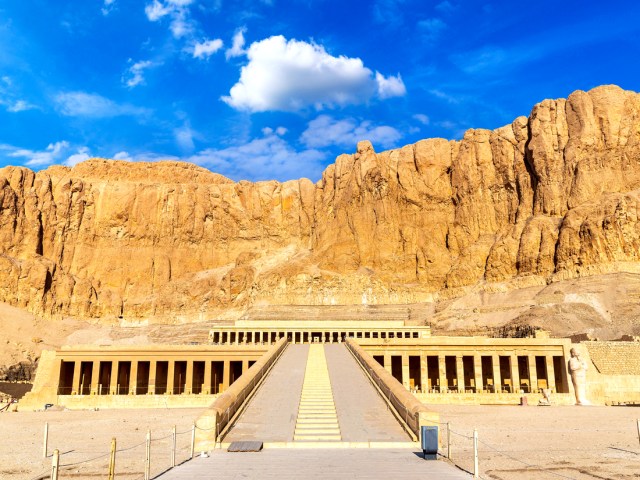
Hatshepsut Temple dates back to the Eighteenth Dynasty of Egypt (1550 to 1292 BCE) and was built as a mortuary temple for Hatshepsut, one of the few women to rule ancient Egypt as a pharaoh. The site chosen was at Deir al-Bahari, close to the Valley of the Kings.
Partially hewn out of the surrounding rock, this impressive ancient temple consists of three stories, its terraces linked by ramps. Excavation work first took place in 1891 and has continued ever since. Large-scale reconstruction of the temple and its statues has been underway since 1967. Historic sections of the temple have been revealed in stages: The Upper Festival Courtyard opened to visitors in 2000, the Solar Cult Complex in 2015, and the Main Sanctuary of Amun-Re in 2017. Additional rooms opened in 2023. Painted reliefs depict important events of the time and provide an insight into the temple rituals and religious festivals that would have taken place in ancient times.
More from our network
Daily Passport is part of Inbox Studio, which publishes content that uplifts, informs, and inspires.






